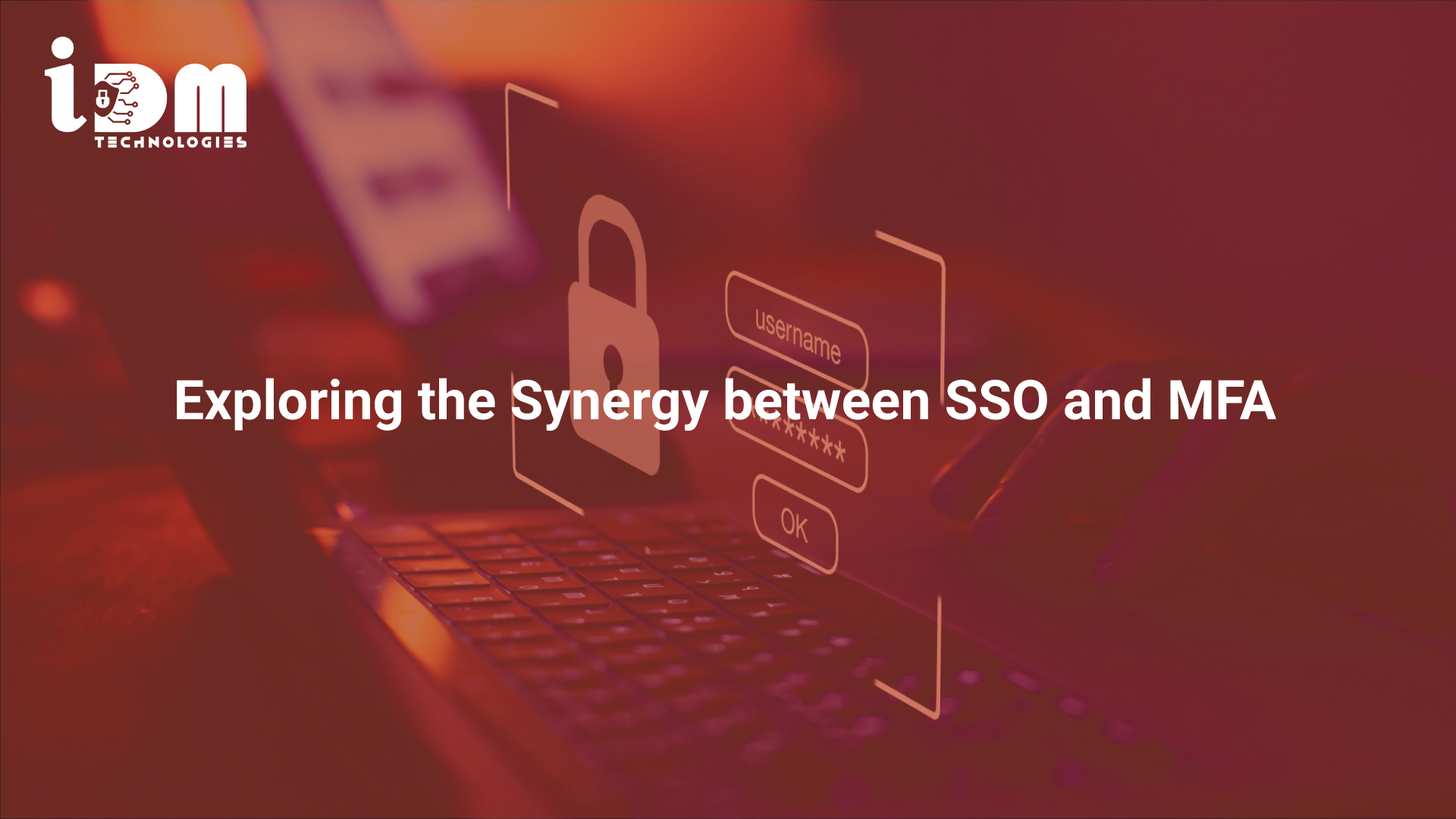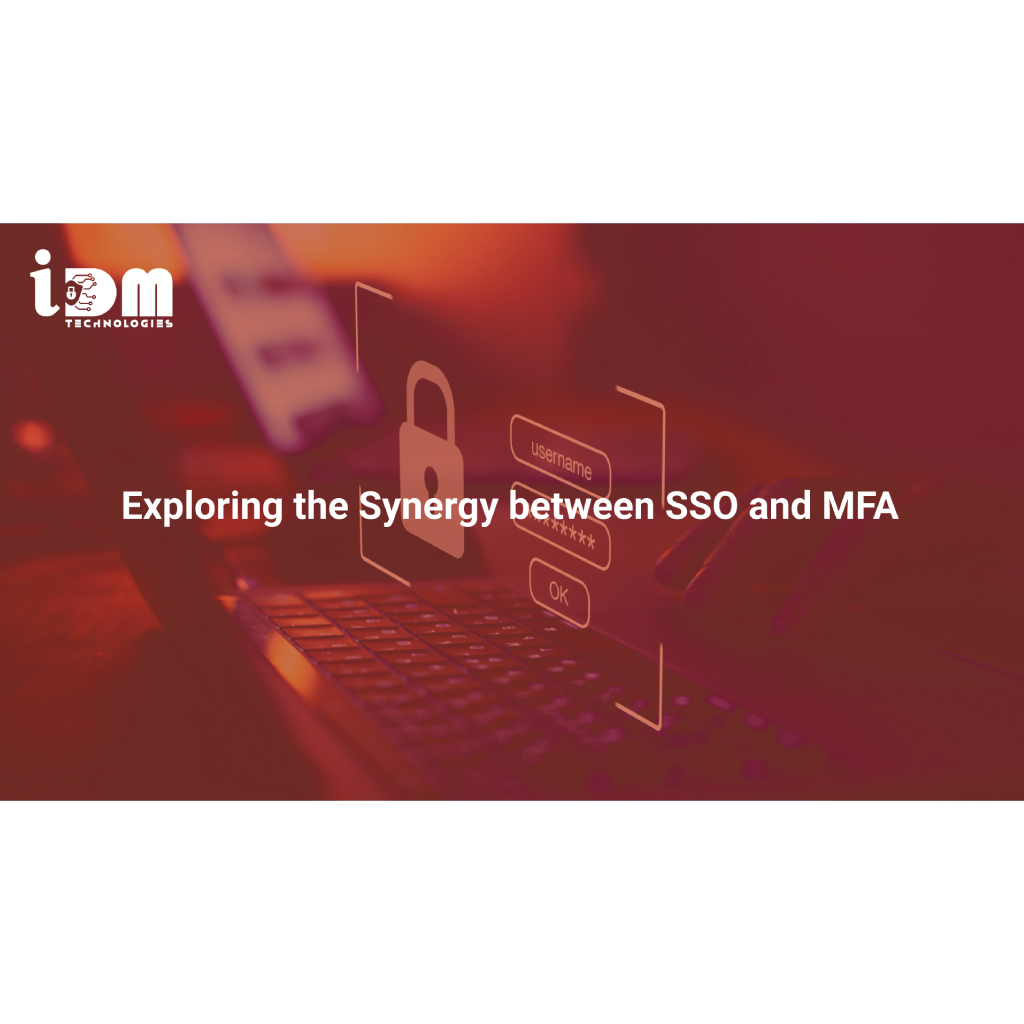

In the ever-evolving landscape of cybersecurity, a deep comprehension of authentication methods plays a pivotal role in safeguarding sensitive information. Two widely adopted mechanisms in this realm are Single Sign-On (SSO) and Multifactor Authentication (MFA)
Single Sign-On (SSO) stands as a user authentication process that empowers individuals to access multiple applications and systems using just one set of login credentials. This streamlined approach significantly enhances the user experience by eliminating the need to juggle and manage multiple usernames and passwords.
Taking security to the next level, Multifactor Authentication (MFA) mandates users to provide additional verification factors beyond traditional passwords. This typically involves a combination of something the user knows (a password), something they have (e.g., a mobile device), and something they are (biometric data).
While Single Sign-On (SSO) and Multifactor Authentication (MFA) serve distinct purposes, they are not mutually exclusive. SSO simplifies the user login process, whereas MFA adds layers of security through multiple authentication factors. Together, SSO and MFA can collaborate to establish a robust and user-friendly authentication environment.
Single Sign-On (SSO) indeed plays a crucial role within the framework of Multifactor Authentication (MFA). Serving as the initial authentication layer, SSO streamlines access to various applications. Once authenticated through SSO, users can then be prompted to provide additional verification factors as part of the MFA process, adding an extra layer of security.
– User Convenience: SSO simplifies the user experience, alleviating the burden of managing multiple credentials.
– Enhanced Security: Integrating SSO with MFA fortifies the overall security posture, making unauthorized access more challenging.
– Adaptability: Organizations can tailor their authentication methods to specific security requirements, ensuring flexibility.
To optimize the benefits of combining SSO and MFA, organizations should:
– Conduct a comprehensive risk assessment to identify the most suitable authentication methods.
– Implement robust encryption protocols to protect user credentials during transmission.
– Regularly update and monitor access controls to adapt to evolving security threats.
In the intricate realm of SSO solutions, the Identity Provider emerges as the guardian of user identities, ensuring secure and streamlined access to multiple applications. A comprehensive understanding of the role and functions of an IdP is imperative for organizations aiming to implement robust SSO solutions. By embracing SSO and harnessing the capabilities of IdP, businesses can elevate security measures, enhance user experiences, and confidently navigate the complexities of the digital landscape. Embrace the future of authentication with SSO solutions and empower your organization with seamless, secure access to the digital world.
Our experts will be in touch with you shortly.